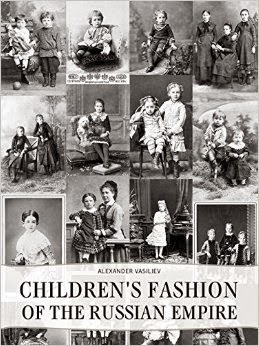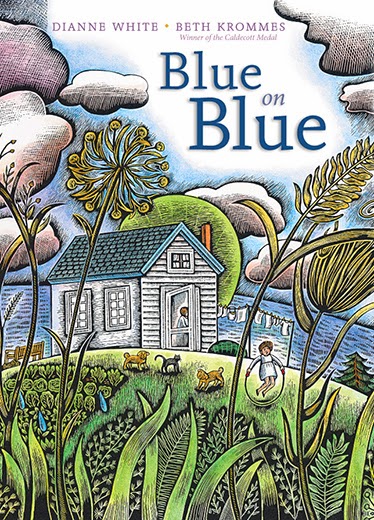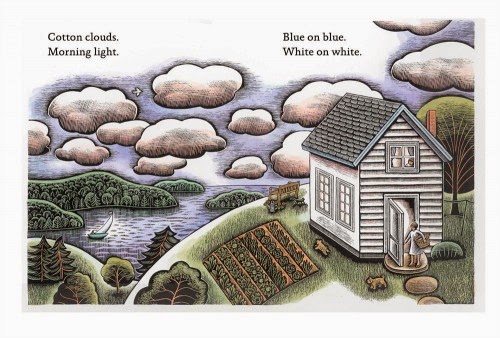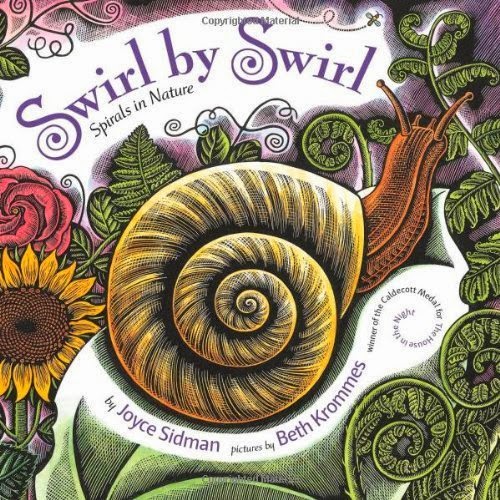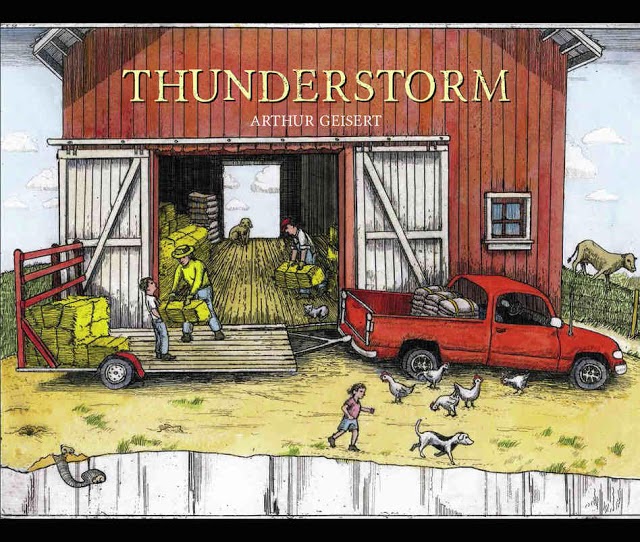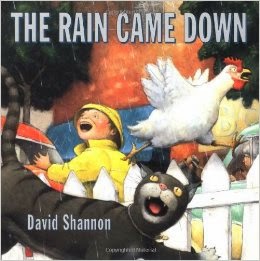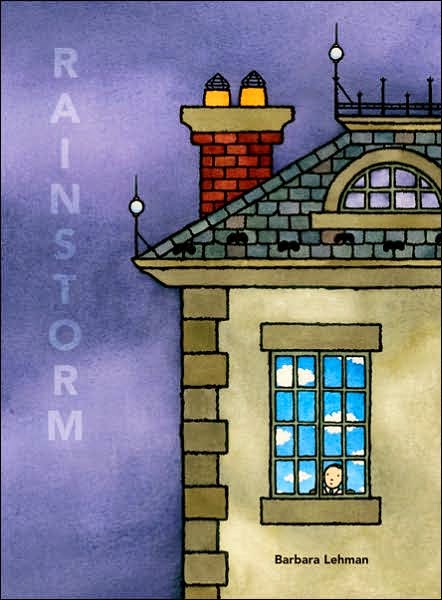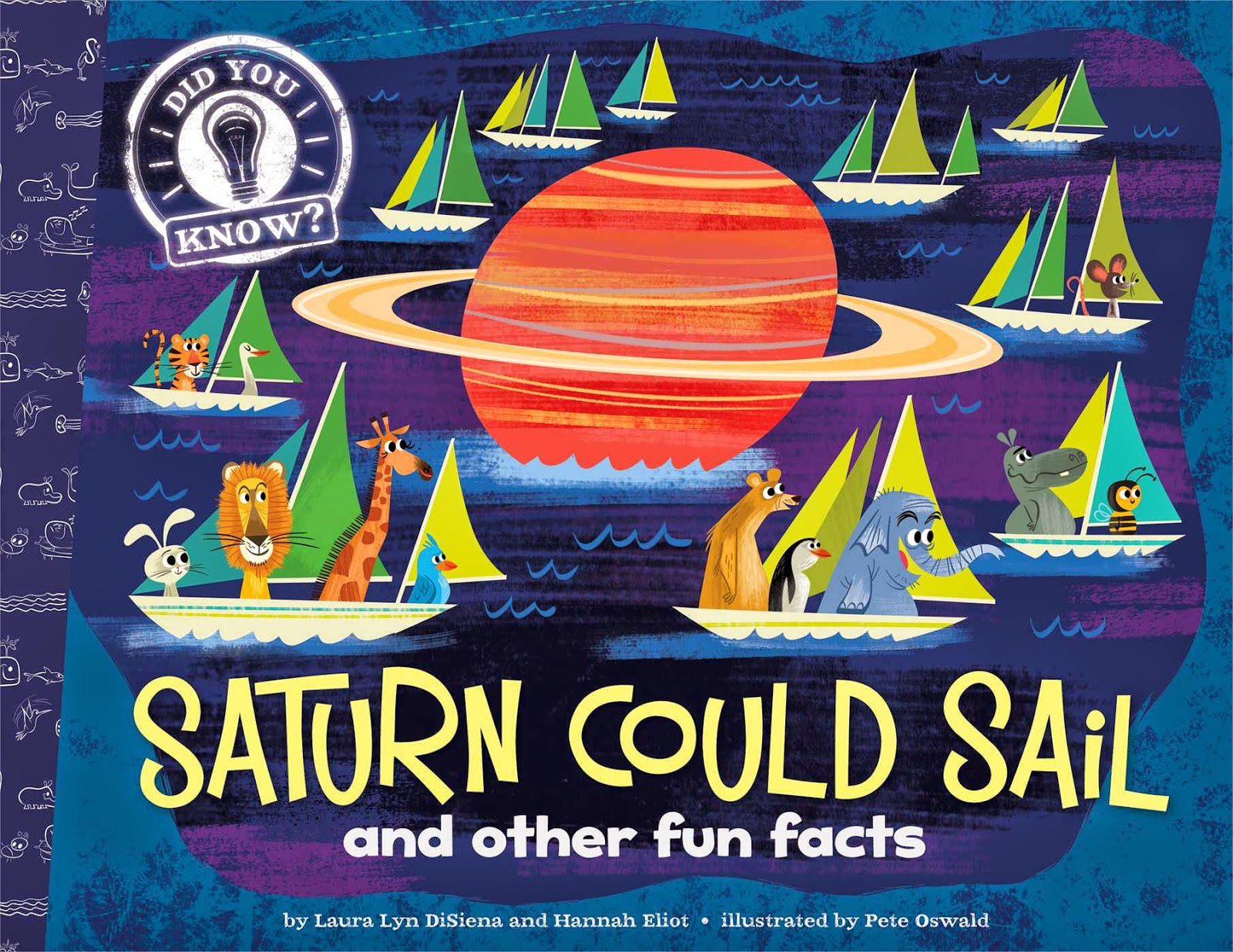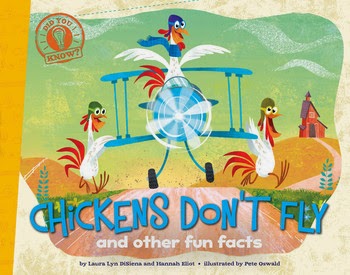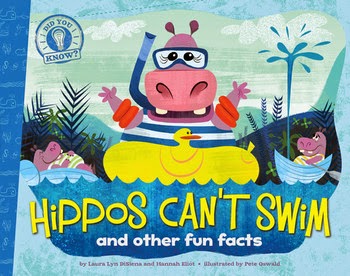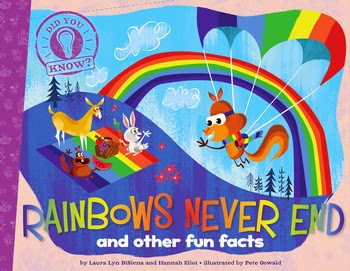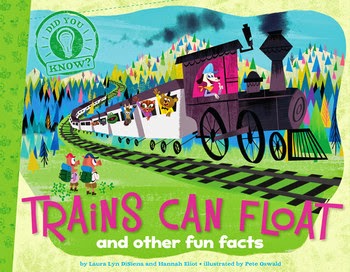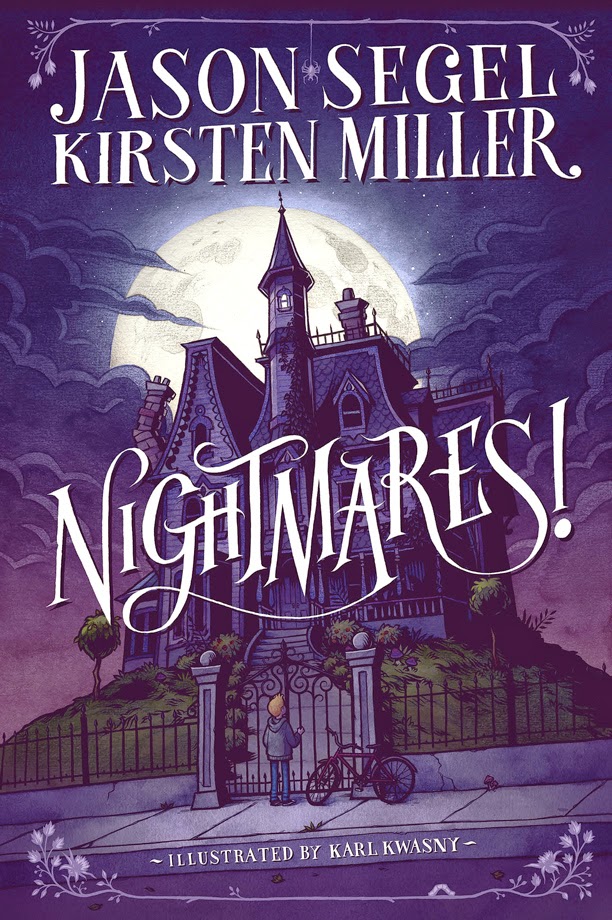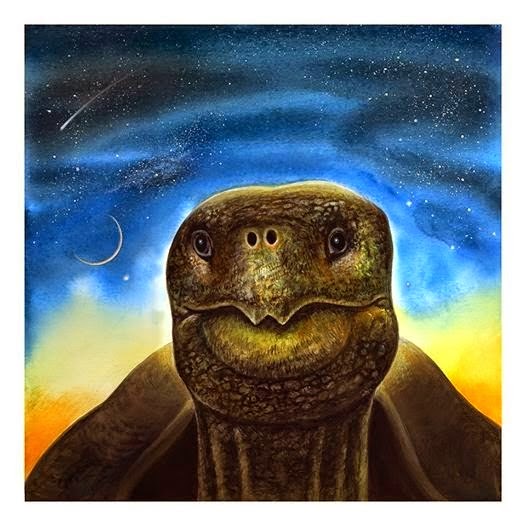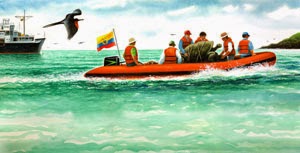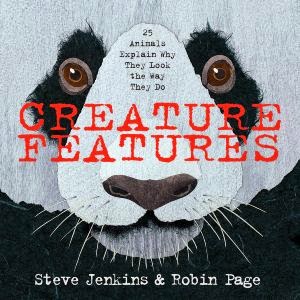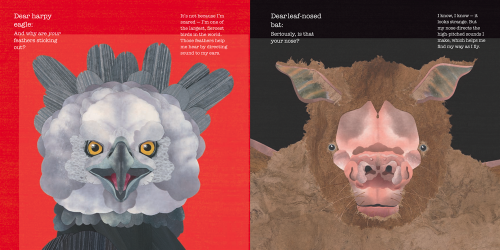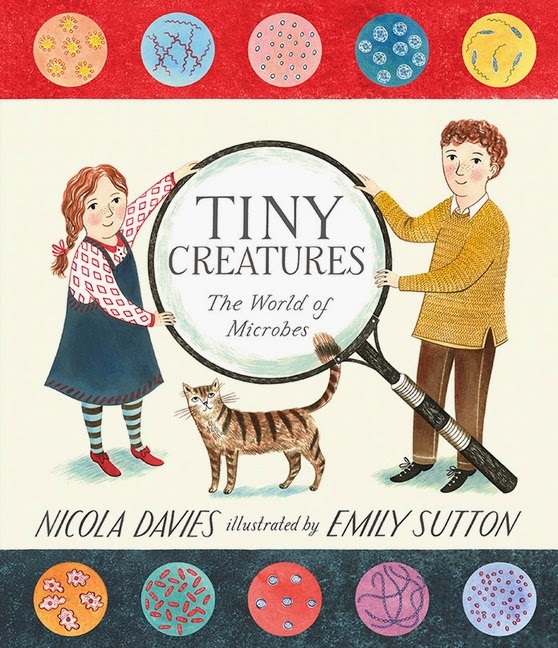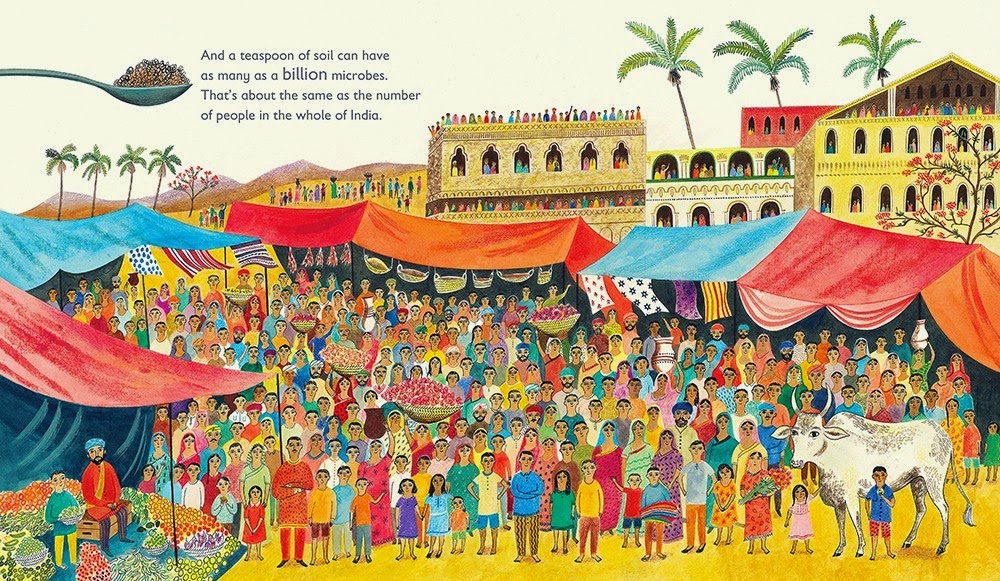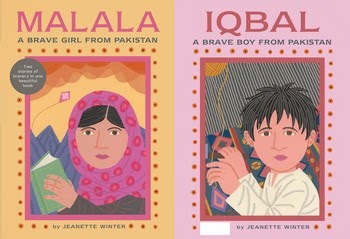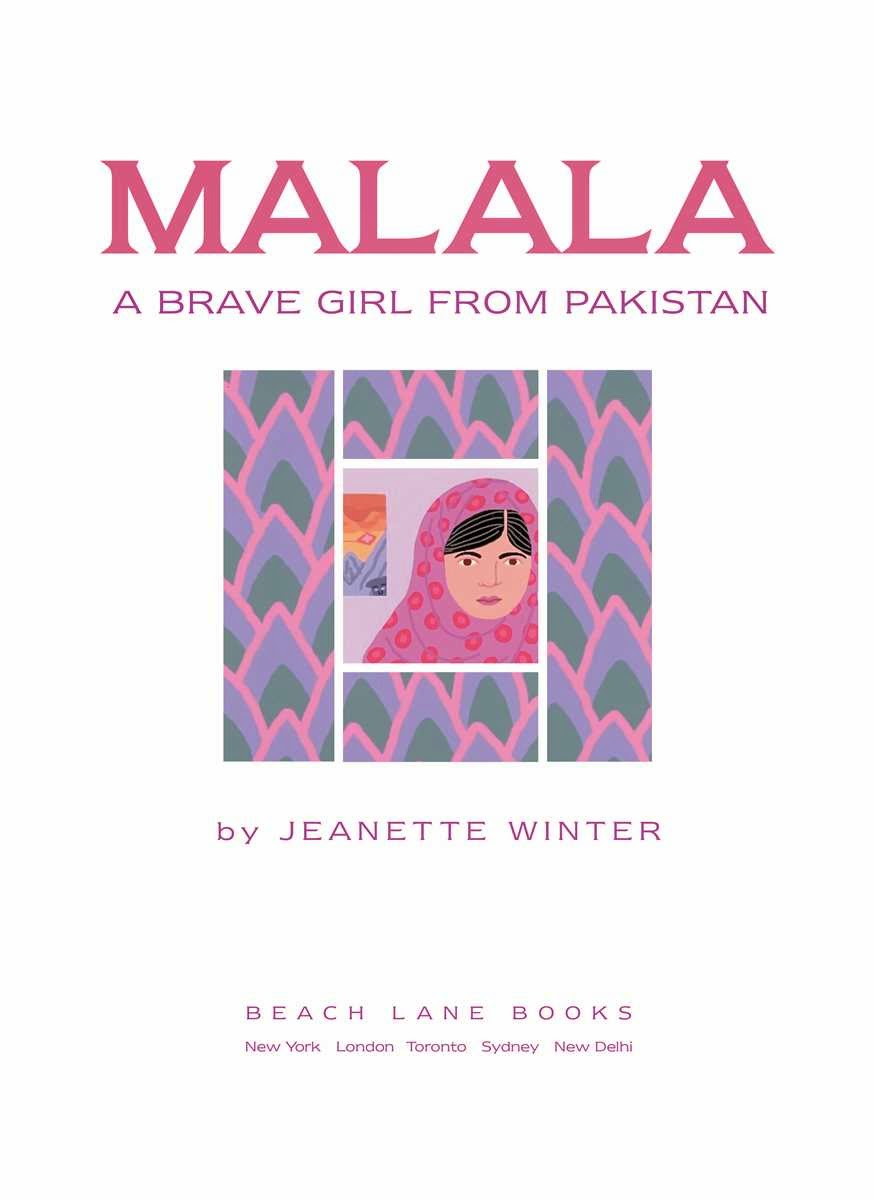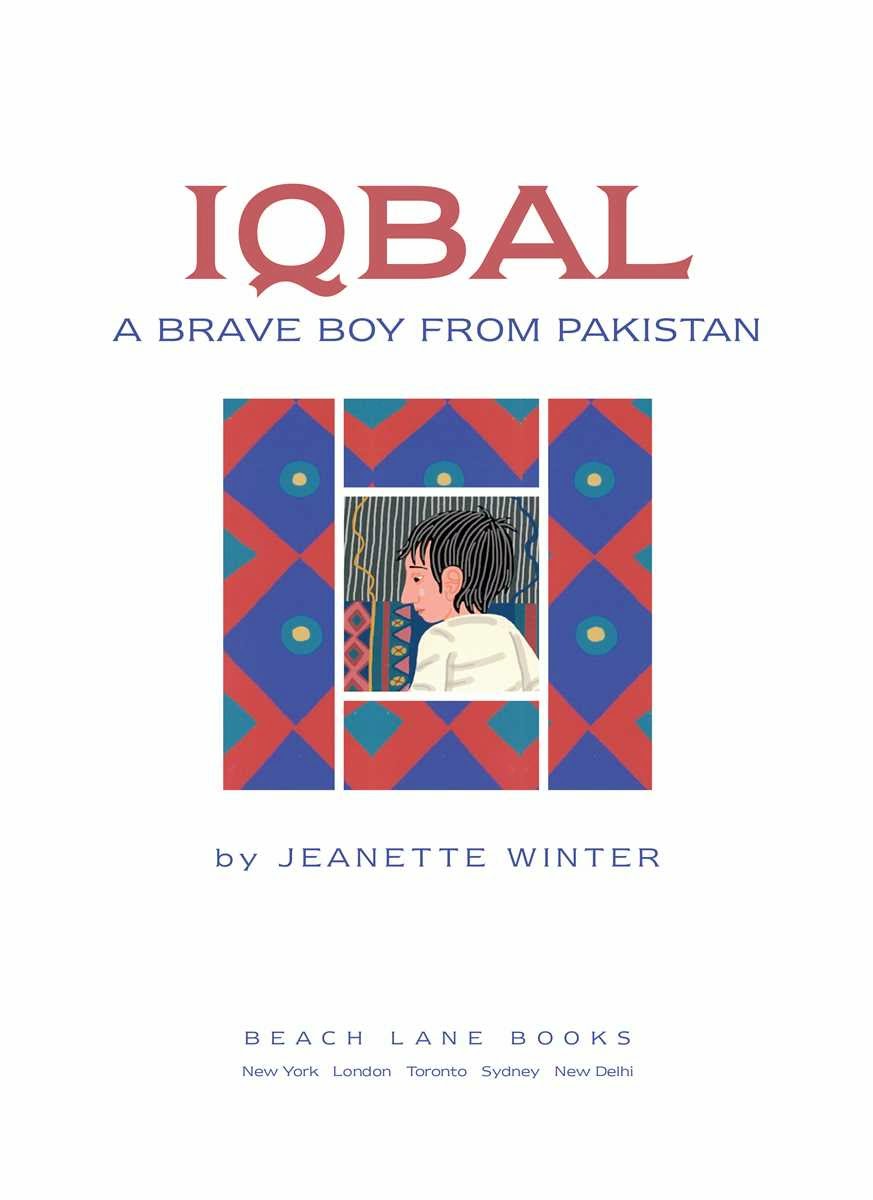Children's Fashion of the Russian Empire by Alexander Vasiliev is a fascinating pictorial look that spans fifty years, beginning in 1860 and ending in the 1910s. In the Author's Note, Vasiliev explains that, in the 1850s, photographic cartes de visites - photographs glued onto small pieces of card - became popular and prolific among the "gentry, the urban bourgeoisie and the petty bourgeoisie." These photographs illuminate a time when clothing, which was always handmade and specific to children (basically, not adult clothes in kid sizes) was the norm and the styles changed every few years. And, not only do these photographs show the clothing of the time, in many photographs the toys and pets of the children can be seen.
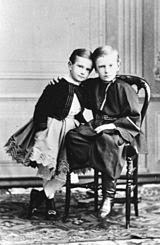 Each decade is prefaced with a page of historical information that is fascinating. Who knew that in the 1860s, boys' and girls' clothing had only minor differences? Vasiliev refers to the influences from other countries, mostly France, as well as the influences from the monarchy and military and details fashions like bathing costumes and small purses. The historical information definitely enhances the pictures, but it is the photographs themselves that are compelling. It's easy to lose track of time thumbing through the pages and looking at the clothes - and hairstyles and expressions - of these children over the course of fifty years.
Each decade is prefaced with a page of historical information that is fascinating. Who knew that in the 1860s, boys' and girls' clothing had only minor differences? Vasiliev refers to the influences from other countries, mostly France, as well as the influences from the monarchy and military and details fashions like bathing costumes and small purses. The historical information definitely enhances the pictures, but it is the photographs themselves that are compelling. It's easy to lose track of time thumbing through the pages and looking at the clothes - and hairstyles and expressions - of these children over the course of fifty years.
Source: Review Copy
